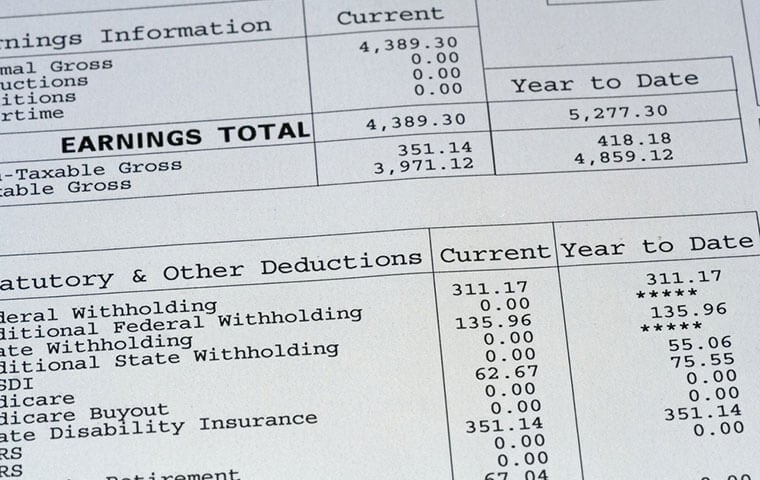 The raise varies from 5.7 percent in the Seattle-Tacoma area to just below 5 percent in several localities. Image: Josh randall/Shutterstock.com
By: FEDweek Staff
The raise varies from 5.7 percent in the Seattle-Tacoma area to just below 5 percent in several localities. Image: Josh randall/Shutterstock.com
By: FEDweek StaffThe general schedule pay raise that was effective with the full pay period of the year—January 14-27 for most—should be reflected in pay distributions covering that period, which in most cases employees should be receiving in the days just ahead.
While the raise averaged 5.2 percent, it varies from 5.7 percent in the Seattle-Tacoma area to just below 5 percent in several localities, including the catchall “rest of the U.S.” locality for areas outside the city zones.
Also notable is that the GS pay cap is based on a rate for political appointees under the executive schedule; that increases by only the across-the-board portion of the raise, in this case 4.7 percent, causing the “pay compression” effect at higher levels of the GS. That limit, now $191,900, now applies to those in the upper steps of GS-15 in most localities—although only to step 10 in some of them—as well as to those in the upper steps of GS-14 in the San Francisco locality, the highest-paid.
Career senior executives and those under other high-level pay systems who are paid within a range do not get raises automatically but as a practical matter many agencies pay performance-based raises to them in January. In most cases the pay cap under those systems is now $221,900.
Wage grade employees get raises at differing times of the year depending on their separate locality-based system. Their raises generally parallel those for GS employees in an area but there are exceptions and a complex capping system applies.
TSP investments increase automatically with a raise for those who invest on a percentage of salary basis; agency automatic (1 percent of salary) and matching (up to an additional 4 percent) contributions under FERS likewise rise automatically for them. For those who invest on a dollar amount basis, investments won’t rise unless they elect to increase that amount; FERS matching contributions won’t rise unless they do so, although the automatic contribution rises regardless.
Premiums for FEGLI Basic and Option B, where coverage amounts are tied to salary rates, also increase automatically with an increase in salary.
New rates under the FEHB and FEDVIP programs also took effect January 14 for federal employees and should be reflected in the upcoming pay distribution; for retirees, those rates were effective as of the start of January and should be reflected in February annuity payments, which cover January.
OPM Guidance Addresses Pay Issues arising During, After Shutdown
Financial Impact of Shutdown Starts to Hit Home; WH Threatens No Back Pay
Threat of RIFs Hangs Over Federal Workforce as Shutdown Continues
Surge of Retirement Applications Is in the Pipeline, Says OPM
OPM Advises Agencies on Conducting RIFs During Shutdown
Shutdown Stalls Hegseth’s Reforms on Two Fronts as Pentagon Accelerates Cuts
See also,
5 Steps to Protect Your Federal Job During the Shutdown
Over 30K TSP Accounts Have Crossed the Million Mark in 2025
The Best Ages for Federal Employees to Retire

